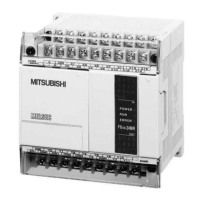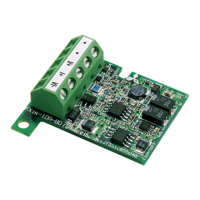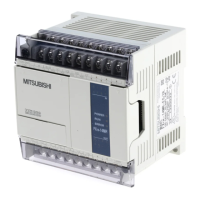Do you have a question about the Mitsubishi FX1N-60MR-ES/UL and is the answer not in the manual?
| Category | Controller |
|---|---|
| Manufacturer | Mitsubishi |
| Model | FX1N-60MR-ES/UL |
| Series | FX1N |
| I/O Points | 60 |
| Input Points | 36 |
| Output Points | 24 |
| Power Supply | 100-240VAC |
| Output Type | Relay |
| Type | Programmable Controller |
| Program Memory | 8 KB |
| Communication Ports | RS-422 |
| Certification | UL, CE |
Explains symbols for physical dangers and property damage.
System expansion limits and rules.
Information on data retention and backup methods.
Shows terminal diagrams for AC powered main units.
Shows terminal diagrams for DC powered main units.
Terminal diagrams for FX0N/FX2N-8E extension blocks.
Terminal diagrams for FX2N extension blocks.
Overview of PLC physical features and components.
Methods for controlling PLC operation modes.
Key operational and environmental parameters.
Best practices for wiring connections.
Instructions for adding hardware options.
Specifics on installing expansion boards.
Installation of I/O and SF modules.
General wiring guidelines.
Precautions for signal and power cable separation.
Correct connection of AC/DC power.
Technical data on power needs.
Guidance for safe load connections.











